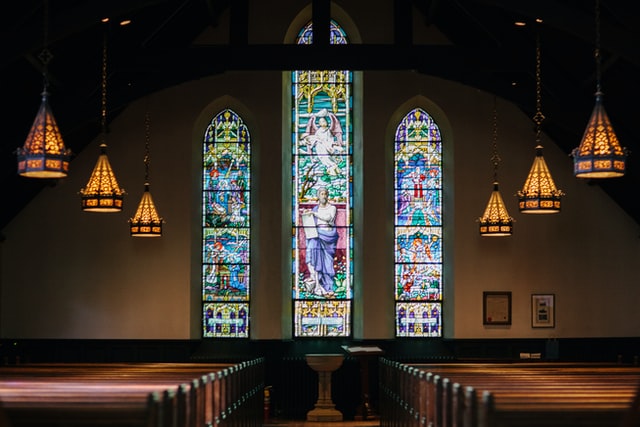Most churches start, grow, thrive, decline and eventually end. But I don’t believe that’s God’s plan for the church.
Regardless of uniqueness, every church has the potential to go through a very similar life cycle.
I’ve been charting this observation for years now. I’ve worked for and with churches across the U.S., in Canada, and in the U.K., and churches of many different styles, backgrounds and geographic settings.
They all believe they are unique. (As an example, every church seems to think they are the only ones who “teach the Bible.”) But most have seen seasons of energy and vitality. And all have felt, or will feel, the frustration of slowed momentum and mission-drift at times.
Without aware leaders and intentional focus, the life cycle plays out predictably through seven phases.
It’s true. Most churches start, grow, thrive, decline and eventually end.
But I believe God’s plan for our churches is that they grow in maturity towards a peak of sustained health, and that as methods and traditions and culture change, they continually reevaluate and refresh, finding new ways to lead people towards Jesus.
I’ve endeavored to capture my observations about the characteristics of a church in each of these phases, along with top-priority next steps to help you move towards sustained health, into a book: The Unstuck Church: Equipping Churches to Experience Sustained Health.
Why is it important for church leaders to understand every stage of church growth, and not simply focus on the one where your church sits now?
Because a lot of churches get stuck in one of these phases, and it’s important to realize what phase could be ahead of you if you aren’t intentional. It happens for different reasons, and I dig into those in the book. But the key thought I want you to get today is this:
If you as a church leader can learn to recognize the characteristics of each phase and the steps that get you unstuck, you are much better positioned to lead a church for the long haul.
You can be a church that bridges generations, not just a few years of trends or fads.
- If you’re on the growth side of the life cycle, you’ll be aware of the temptations and pitfalls ahead of you.
- If you’re on the decline side of the life cycle, you’ll have a clear understanding of what got you there, and the uphill battle you must resolve to engage.
The Unstuck Church is designed to help you reevaluate the methods we embrace in the church.
(Because we really do worship our methods.)
Let’s wrestle with what God has designed the church to be. If we engage that journey, my hope is we’ll also discover how to get the church unstuck.
Get a Clearer Understanding of Your Church’s Starting Point
I wrote The Unstuck Church so that church leaders could get a picture of where they are and where they could be headed. We also created an assessment to go with it—it’s called The Unstuck Church Assessment.
When we first launched our Unstuck Church Assessment, we were hoping we could convince 500 churches to take the assessment in the first year and discover where their church was in its lifecycle, as well as to start exploring their next steps towards sustained health.
More than 5,000 took it that first year. We were blown away.
Today, more than 15,000 assessments have been completed. And our data shows that about 80% of churches self-identify on the right side of the lifecycle, with the majority sitting in Maintenance phase…even before the pandemic.
While that data is not really encouraging, one of our core beliefs at The Unstuck Group is that you need a clear perspective before you make plans.
We’re all navigating the new normal, and the events of 2020 have accelerated many of the trends in church decline we were already reporting on. Get your church’s personalized lifecycle report today, and take a look at how you’re doing, and have an honest conversation about where you go next.
Take the free Unstuck Church Assessment today!







